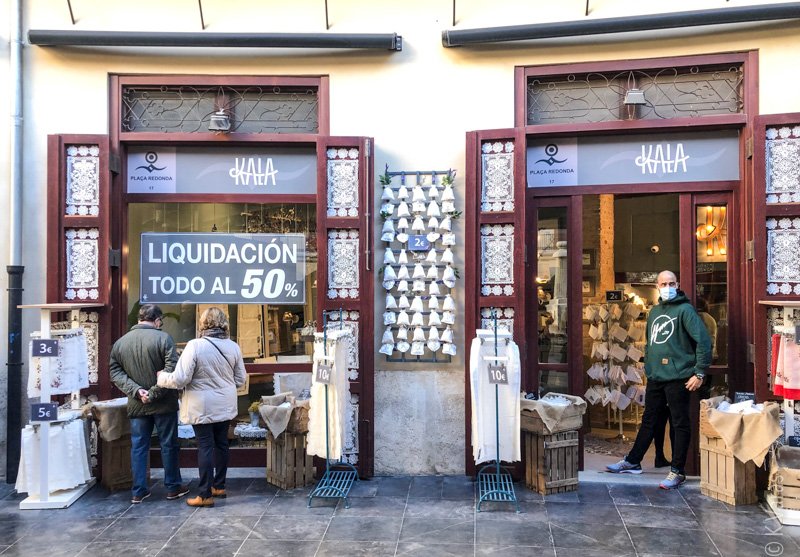
A Holiday Walkabout
Christmas is coming so and I’m very excited about being able to see what it’s like to spend the holiday season in a different country. So far I’ve only had Xmas in 4 countries: Poland, Canada, US, and Chile. Now it’s time to see how the Spaniards do it. Unfortunately the current plague is limiting the festivities here and elsewhere, but it should be interesting to see what weird customs are popular here.
One of the things I had heard about before are caganeres, the bizarre pooping figurines the Catalans and Valencianos like to add to their nativity scenes. Quite often they are pretty innocuous but in some places it is possible to buy many well-known or notorious personages in the famous bent over/pants down position. And, right on time, the caganeres have come out of hiding and are available at many of the gift shops around town. You can read more about this weird custom here though it’s in Spanish only (sorry!). I did end up buying one for my friend, Moni, since she’s probably the only person I know who would actually appreciate it (and she also expressed interest in having one, haha). I just hope she likes him.

When walking around I found another interesting custom, or at least an accessory to one: while walking through the Plaça Redona, I noticed a rather long line-up of people outside a shop I had not noticed before selling these little white (linen?) bags with (dried?) flowers inside them. The store seems to normally sell various fancy linens and lace, but the little bags were the main draw. I’m sure there is a story behind these things but, unfortunately, I forgot to ask Sagrario about them. She did tell me about another tradition I wasn’t familiar with and that is the custom of hanging a bundle of what I think is mistletoe (or the Spanish version thereof or maybe just holly) on the inside of the front door but first you must burn the one you had the previous year. Burning things brings luck, I’m told, and this isn’t the first ritualistic burning of items I’ve heard of here, and I will try to document them better (my memory just ain’t what it used to be). València IS the home of Las Fallas, after all.

I’m not sure if I have mentioned this before, but Sagrario isn’t here all the time: when she’s not travelling the world (and who is right now, eh?), she spends every other week, usually Wednesday to Wednesday, in Burriana (or Borriana in Valenciá), a town north of València where she used to live and where some of her family still does. She goes there to take care of her father who has Alzheimer’s and needs 24/7 care that used to be provided by a senior’s day care centre but now, due to Covid, she and her sister share the duties of looking after him. This mean that I am alone here when she’s in Burriana and then I have a roommate when she’s not. It’s nice both ways since I can enjoy some time alone, or at least the introvert in me does. And then when she’s here, my extroverted side has a chance to be social AND practice Spanish more. It is a nice balance.
On this evening, and taking advantage of Sagrario’s presence, we decided to go out for a little walk and see what the city is up to in its preparations for the holidays. We headed out without a plan, as is usually the case, and quickly ended up in the area close to the Mercat Central and Plaça de l’Ajuntament, i.e. the heart of Valéncia. Having a local guide like Sagrario is really neat since she can tell me stuff about the various customs and traditions first-hand instead of me having to do all the research myself. Sagrario is also a fellow culture-geek so she took the opportunity to show me some of the hidden galleries and exposition venues in the area, ones I would have never even known existed. What I find interesting is the fact that as well-travelled as she is, we still seem to find random places she hasn’t been in yet, which I find amusing, mainly because I love to see her enjoying exploring her own city with me and not just going to the same places over and over like a real (and probably bored) tour guide. As such, we walked into a church that’s just a few streets from the house, a church she has probably walked by hundreds of times, yet never managed to go in before. Church doors, for some reason, tend to be closed around here unless a mass is about to start, so seeing an open door is definitely an invitation. At Christmas many of the churches put on nativity displays and I guess if they want people to come see them, they need to make it obvious by leaving the doors open. It’s not rocket science: how else could you get those outside your congregation to stop in, right?
The church we walked into is dedicated to Santa Catalina and is located just next to the aforementioned Plaça Redona and is another church sporting a tower that can be climbed for a great view, Covid and knees permitting. Inside was a large nativity scene with a very detailed horticultural component. I spent much too much time trying to find the caganer and I’m sure he was there somewhere, though hiding better than I had expected.
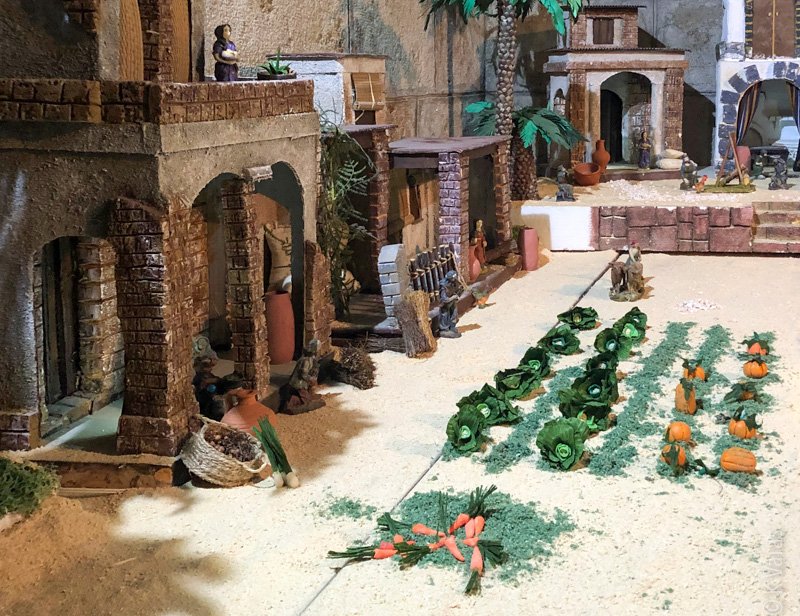
The second place we visited was the Octubre Centre de Cultura Contemporània and it is a part of the Acció Cultural del País Valencià, and association dedicated to the preservation and appreciation of the Catalan language, heritage, and identity in the València region (remember that the language of Valencià is basically Catalan). Everyone knows about Catalonia and Barcelona, but many are not aware that the autonomous community of València as well as the Balearic Islands have very close ties with Catalonia, especially linguistically speaking. They were united politically and administratively as well, but the precise details of this are something I have yet to tackle. I was only vaguely aware, for example, that the autonomous communities were created in the 1980s, though, when I think about it, it makes sense as that is when the post-Franco era started. However, I thought there were already some pre-existing regional borders or identities in play, the nature of which will require further study on my part. I will be buying books to help me with that but right now I am not allowed to buy books so this bit of knowledge will have to wait.
Right, sorry, I divagated a bit on that … the October Centre looks like a community centre with a library on the main floor; what is hidden below, however, is a very nice gallery space, one that just happened to be showing the controversial and very polemic 50 years doing “Harca“ exhibition by a Spanish cartoonist and satirist, Juli Sanchis i Aguado, who just happens to be a local boy from Picassent, a suburb of València. I found his cartoons excellent and deserving a much wider audience than I think he has had. While his subjects tend to be EU-centric, his visual commentary on the state of the world is, at least in my lefty opinion, right on the money. I have to admit that I didn’t take nearly as many pictures as I probably should have, mostly thinking I’d be able to do so on a return trip. If I don’t manage to return, I do apologize and, in any case, you should check out his Facebook page as he does not seem to have much other online presence. The man has been drawing for 50 years, I’m sure there is enough material there to fill a website or two. One last little thing I need to mention … take a look at the Gallery below and the picture of the October Centre gallery itself: yes, your eyes are not deceiving you, that’s a glass floor with a piece of the old Roman road below. I love finding these bits of ancient life recovered, preserved, and, most of all, allowed to be seen and enjoyed by current and future generations. Well done, València, well done.

The next obvious destination on our walk was, of course, Plaça de l’Ajunatement, where normally there is a massive Christmas market, or so I’m told. Yes, there is a market here now, but it actually looks quite pitiful as the stalls are arranged around a square (rather than multiple rows) and people are let in sparingly to help us maintain social distancing, of course. Unfortunately, this creates a rather subdued atmosphere throughout and even the bright colours of the massive Christmas Tree cone cannot sparkle enough to let us forget how bad things are right now. Undeterred, however, and trying to keep our spirits up, we went around all the stalls, chatted with some who had beautiful jewelry and art pieces, and even snapped a few pics. This is normally a site of much activity and celebration and I hope to see a better version of it some time in the future.

All this walking around made us hungry for something sweet so we stopped off at one of the few places still open and had hot chocolate and cake … so way too much sugar at this time of day but it was very yummy and who am I to argue about traditions.

We now had to walk home the long way just to work off a few calories, and in doing so we were walking by La Seu (the cathedral) where the doors were open and inviting, for a change! We had to take the opportunity to go inside for free (there is normally a charge to just sightsee, but entrance is free if there is a mass going on). It being the last mass of the day and not in the main chapel, the place was mostly in darkness. It was actually quite spooky walking around one of the most beautiful churches in València in what was, in some places, total darkness. I felt a bit like an interloper who hadn’t paid their viewing fee, though, to be fair, it’s not like I could see much. My night vision is mediocre at best and I kept taking photos and hoping that the Apple eye is better than mine. However, even in the little light I had, I could tell that the interior is absolutely beautiful and a must see in daylight. I will need to come back here too. The pictures DO show way more than what I was able to see with the naked eye so yeah, thanks technology!

We were, ultimately, ushered out since the cathedral closed at 9pm and it was time to head home anyway. Though, to our surprise, we came across another hidden gallery spread out over three floors of a building just across from La Seu. The works were by two artists, a sculptor named Juan Flores, and a woman who will remain nameless, because, once again, I never took any photos inside … or did I? I think, once again, we have a case of missing photos eaten by my phone because I cannot believe I didn’t want to remember anything. And there was plenty to want to remember! I wonder if this is a glitch in the Matrix … just saying’. Fortunately, Juan has a webpage so you can see what I got to see. I would like to apologize to the woman for not having a record of her works, however. If I had grabbed her bookmark and not Juan’s maybe I’d know her name instead. 🤷♀️





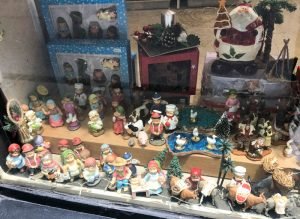
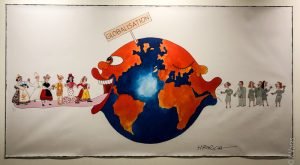
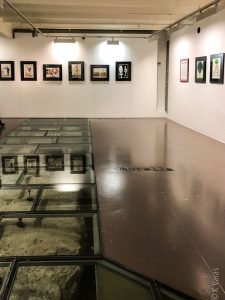
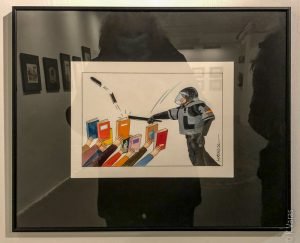


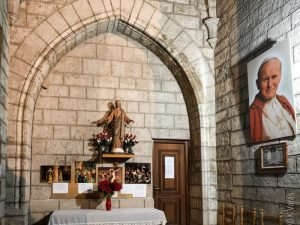

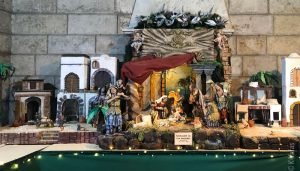

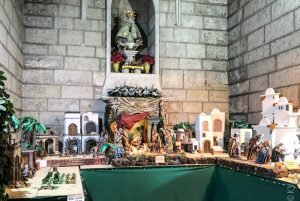
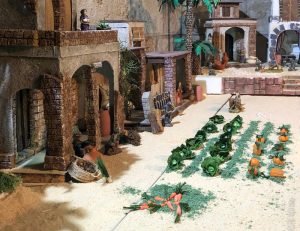

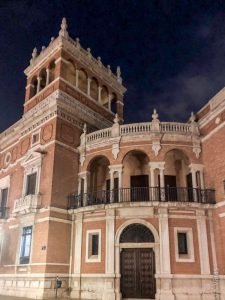
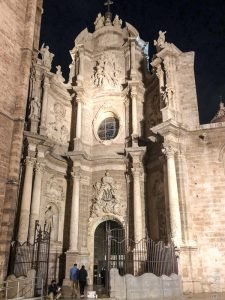
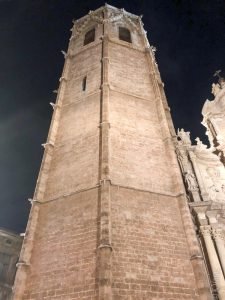

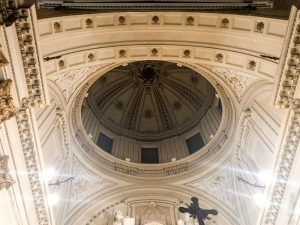

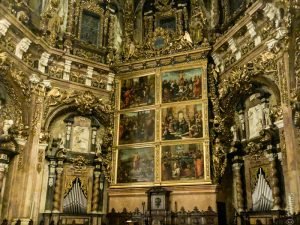
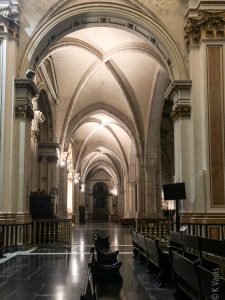
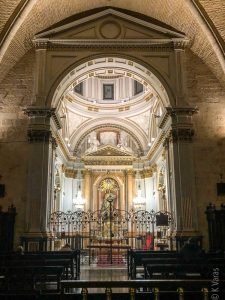
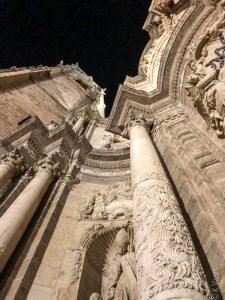
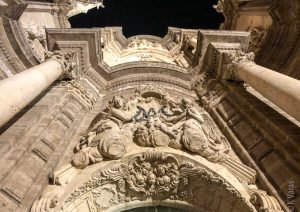

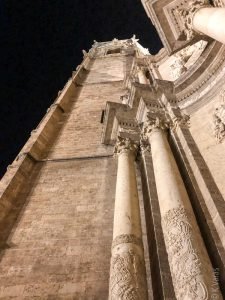




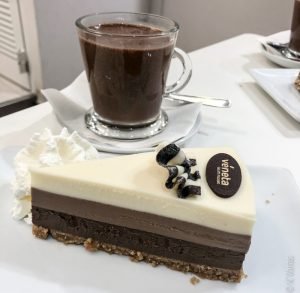

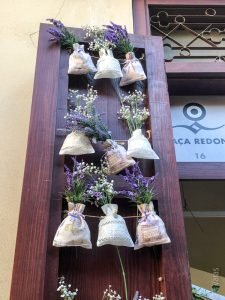
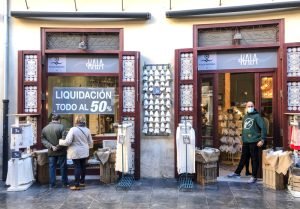


2 Comments
Andrzej
I forgot to as Sagrario about them.
A letter is missing.(?)
Kim
Thanks for being my proofreader 😉